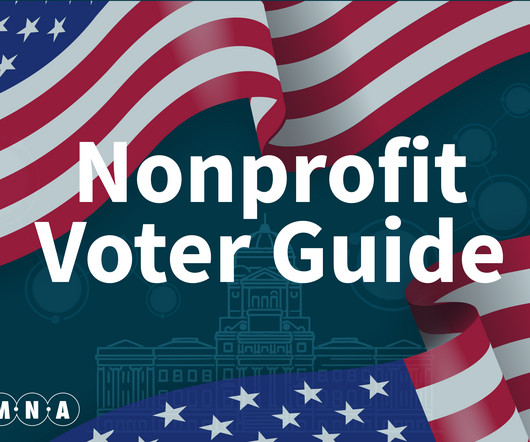Building an Economy with Purpose: The Transformative Potential of Baby Bonds
NonProfit Quarterly
DECEMBER 4, 2024
Extensive research shows that public policy can shape economic outcomes. The public can demand economic policies that benefit the broader population. A key question becomes: What kind of economic policies should the public demand? Wealth is a fundamental measure of stability and opportunity.





















Let's personalize your content